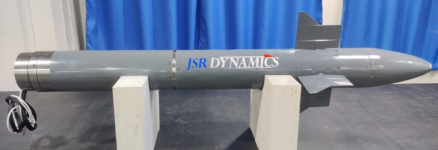R-27 series still has very good kinematics. The ET variant coupled with MKI's OLS-30M is a silent killer. Earlier we bought R-27s from Ukraine but post Balakot we bought improved version of both R-27s and R-77(-1) from Russia. As per some rumours, we might have bought few R-37Ms as well!
Anyways, now that our Astra program has started to bear fruits, IAF's dependence on foreign suppliers for BVRAAMs is about to end very soon. Soon there will be "air dominance" in full desi style with desi weapons
However, dependence on Short range Air to Air missiles will remain for some time. We shall continue to rely on ASRAAM and python V till desi Astra with IRR comes in.















